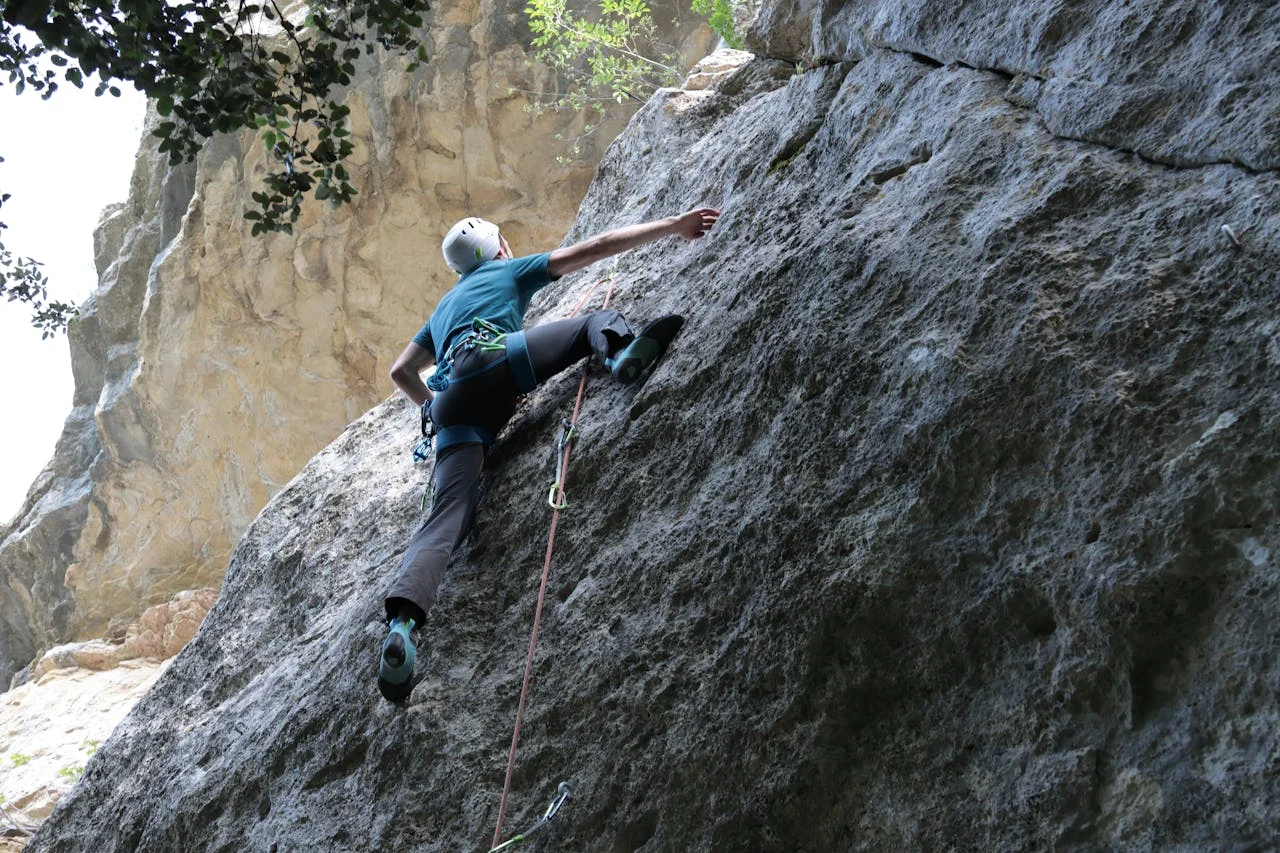Nestled near Anacortes, WA, Mt. Erie offers stunning views, a variety of climbing routes, and easy access—all making it a fantastic choice for both beginners and intermediate climbers. The relaxed pace of climbing here, combined with panoramic views of the San Juan Islands and Puget Sound, makes it an unforgettable destination.
This guide will walk you through everything you need to know before heading to Mt. Erie: from gear recommendations to beginner-friendly routes, safety tips, and helpful local insights.
1. Why Climb at Mt. Erie?
Unique Features of Mt. Erie
Scenic Views: The summit offers panoramic vistas of the San Juan Islands, Puget Sound, and lush forests. Whether you’re climbing for the view or the challenge, it’s a beautiful setting.
Variety of Climbing Styles: Whether you prefer top-rope, sport, trad, or even multi-pitch climbing, Mt. Erie has something for everyone. The rock quality and variety of routes cater to climbers at all levels.
Accessibility
With drive-up access to certain climbing areas, Mt. Erie is perfect for a laid-back day of climbing. Many areas are beginner-friendly with short hikes to the base of the cliffs, making it easier to focus on the climb without exhausting yourself on the approach.
Best Time to Visit
The best time to climb at Mt. Erie is spring through fall, when the weather is mild. In the summer months, the area can get busier, so consider visiting in the shoulder seasons for a quieter experience.
2. Essential Gear for Mt. Erie Climbing
Basic Climbing Kit
To climb safely and comfortably at Mt. Erie, you'll need:
Harness: A comfortable climbing harness is essential for safety.
Helmet: Especially important if you’re climbing in popular areas with traffic above you.
Climbing Shoes: Opt for a pair that’s comfortable for slab climbing and technical footwork.
Chalk Bag: Keep your hands dry for a better grip on those smooth faces.
Belay Device: A must-have for belaying your climbing partner safely.
Protection for Various Styles
Sport Routes: Bring quickdraws for clipping into bolts, which are commonly used on the sport routes.
Trad Routes: A basic trad rack with cams and nuts will help you protect your gear on trad routes.
Top-Rope Setup: You’ll need ropes and anchor-building materials if you plan to set up your own top-rope routes.
Extras
Guidebook or Climbing App: A climbing guidebook with detailed route information will be helpful, especially if you're new to the area.
Approach Shoes: Comfortable shoes for the short but occasionally steep hikes to the climbing areas.
Daypack: For carrying snacks, water, extra layers, and your climbing gear.
3. Beginner-Friendly Routes at Mt. Erie
Top-Rope Routes
Turtle Rock: This area offers easy climbs with amazing views, making it a perfect spot for beginners to get comfortable.
Zig Zag Wall: A popular beginner spot with gentle climbing and great scenery.
Sport Routes
The Slab: A beginner-friendly bolted route with easy grades, perfect for climbers who want to try sport climbing for the first time.
Trad Practice Areas
Sun Wall or Playground Crag: These areas offer small cracks that are great for practicing trad climbing techniques.
Anchor Setup Tips
Setting up anchors on popular walls requires a good understanding of anchor-building techniques. If you’re new to this, consider practicing on easier routes before attempting more advanced ones.
4. Preparing for Mt. Erie's Unique Terrain
Crag Approach Tips
The hikes to the base of the crags are short, but they can be steep and rocky. Wear appropriate footwear to ensure you can navigate the terrain safely and comfortably.
Carrying gear efficiently is key to making your approach less strenuous, especially when carrying heavy climbing gear.
Climbing Style Considerations
Slab Climbing: Mt. Erie’s slab climbing routes require a different technique, focusing on precise footwork and body positioning. Practice keeping your balance and staying relaxed on smooth rock.
Crack Climbing: If you’re tackling a trad route, remember to place your gear securely in cracks and practice your crack climbing skills beforehand.
Weather Awareness
While summer temperatures are usually mild, it’s important to keep in mind that the weather around Mt. Erie can be unpredictable.
Occasional mist or cooler temperatures are common, so be prepared with an extra layer. Be cautious if the rocks are wet, as they can become slippery and dangerous.
5. Safety Tips for Climbing at Mt. Erie
Hazard Awareness
Watch out for loose rocks while climbing—this is particularly important on popular routes with lots of traffic above you.
Always wear a helmet to protect yourself from rockfall, especially if you’re climbing in areas where there are climbers above you.
Anchoring Best Practices
Make sure to build secure top-rope anchors using natural features or fixed bolts. Inspect all anchors before use.
If you're setting up anchors yourself, ensure that you’re using reliable gear and proper techniques.
Emergency Preparedness
First-Aid Kit: Always carry a small first-aid kit for cuts, scrapes, and blisters.
Know Your Exits: Familiarize yourself with the quickest routes back to your car in case of an emergency.
6. Exploring the Surroundings
Nearby Attractions
When you’re not climbing, explore the beautiful Deception Pass State Park, known for its scenic hiking trails and bike paths. It’s a great way to unwind after a day of climbing.
Take in the stunning views from Deception Pass Bridge, or visit one of the nearby beaches for a relaxing afternoon.
Local Amenities
After a day of climbing, head to Anacortes for a variety of dining options—perfect for refueling.
If you’re looking to camp, check out the nearby state parks or consider dispersed camping in the area.
7. Leave No Trace Principles
Respect for the Environment
Mt. Erie is a beautiful place, and it’s up to all of us to preserve it. Be sure to pack out all trash, including microtrash like chalk marks or wrappers.
Stick to established trails and avoid disturbing the surrounding flora and fauna.
If climbing in protected areas, make sure you’re aware of any closures to help preserve the local ecosystem.
